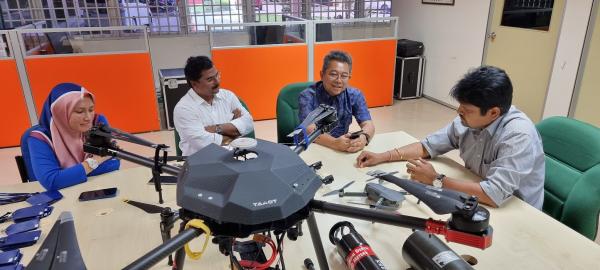
Overview
The emergence of geospatial technologies such as advanced sensors, unmanned vehicles, laser scanning, optical sensors and improvements in GPS and satellite observation and mapping is transforming our ability to collect and process data and map and investigate our planet and the societies that live on it in more detail than ever before.
The fields and sectors deploying and utilising these technologies are growing at a rapid pace—and are being used for mapping and analysis in almost every industry.
CAMGIS was established in 2018 to strengthen Australia’s research in spatial information systems focusing on applications and software that can be used particularly in the variety of predictive systems and mapping applications.
This research activity includes developing systems such as soil erosion assessment systems, landslide early warning systems, flood warning systems, bushfire risk assessment, coastal sensitivity index ranking systems, spatial-based earthquake risk assessment systems, health applications, noise and propagation modelling, extreme events, location-based services across scales that range from local to global.
The newly founded Australian Space Agency and its commitment to enhancing the country’s capabilities in the spatial domain provides multiple opportunities for the centre to promote Australian contributions to the international space community.
CAMGIS is committed to contributing to the Earth Observation (EO) perspectives and priorities to national surveys and consultations, including the 2030 Space and Spatial Industry Growth Roadmap, which identifies key issues to accelerate and support growth in EO domains. The multidisciplinary work at CAMGIS allows it to align with UTS strategic research priorities in Health, Data Science, Sustainability, Future Work and Industry and Social Futures.
